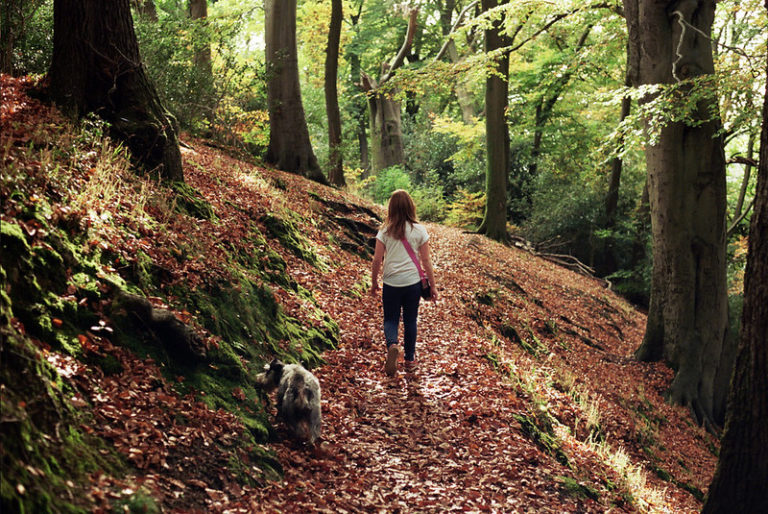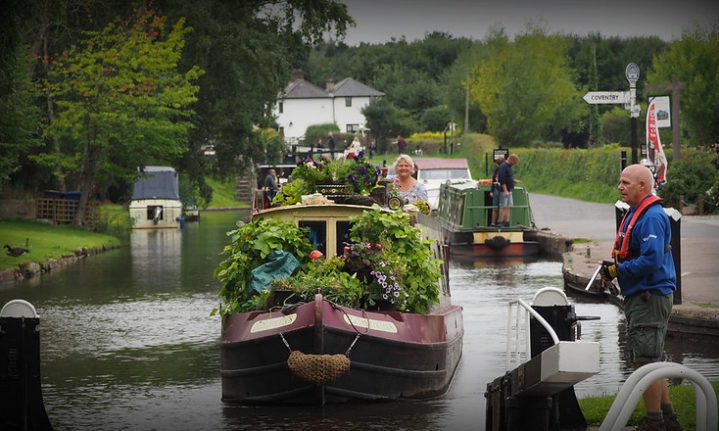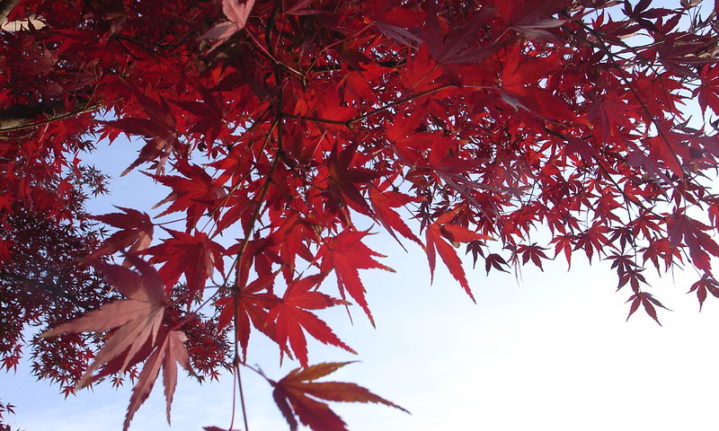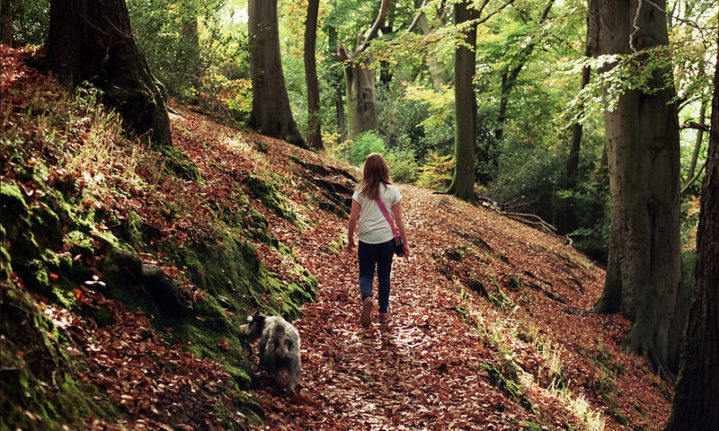Milano Design Week 2022 displayed a green installation created by Timberland and Italian architect Stefano Boeri. The Design Indaba says that the Floating Forest was launched in the small reservoir of Darsena in Milan. The exhibit aims to shed light on the urban greening movement by showcasing an independent ecosystem, with 610 plants and 30 diverse species that include maple, birch and apple trees on display.
View this post on Instagram
The creators wanted to highlight the benefits of urban forestry, and the aim of the project is to support local communities and leave a greener and more positive legacy. All trees from the exhibit were donated to the non-profit organisation Soulfood Forestfarms Hub Italia. CasciNet Agrohub and the University of Milan are working on a project at Vettabbia Park to makeover disused land into a productive, complex and layered agroforestry system, with agroecological principles at the heart of the project.
The Floating Forest, divided into four stages, activated every sense. The ‘Hear & Breathe’ room showed visitors the positive impact nature has on Milan.
Timberland is on a green footpath and they have teamed up with many artists and designers to achieve this goal. The Floating Forest offers a place of reconciliation between the natural environment and human beings.
Experts define urban forestry as the art, science, and technology of managing trees and forest resources. The benefits trees provide society can be seen in the psychological, sociological, aesthetic economic, and environmental state of people’s well-being in urban areas.
This discipline began in North America and there seems to be growing pressure on green areas. The international urban forestry research community are finding new approaches and techniques to urban forestry.
Benefits of urban forests
Some of the benefits of urban forests according to Science Direct are that they help with erosion control, noise and air pollution abatement, wastewater management, watershed protection, glare, reflection, and traffic control.

Picture: Walt Jabsco
Erosion – Urban vegetation can be used to reduce stormwater runoff in urban areas. The vegetation can also reduce surface water runoff, reducing the sediment and urban pollutants entering streams.
Trees are useful when it comes to noise pollution, particularly wide groups of trees that absorb sound in urban areas.
In terms of air quality control, trees help as air pollutants get trapped in leaves, branches, twigs, and is then washed away by the rain improving the air quality.
Carbon sequestering – This happens when trees gather carbon and convert it into oxygen. Producers of carbon are roads, homes, factories, shopping centres, and airports etc. Urban foresting reduces this by creating green belts, parks, windbreaks and shade around residential houses.
Glare and reflection – Buildings, glass, water, snow and metals all reflect light and cause increased heat and concentrated light energy. Well placed tress can be a solution to this problem. Trees can also reduce glare in homes, cars and pedestrians that can help with human health and safety conditions.
ALSO READ
Kids can enter Kirstenbosch Botanical Garden for free this winter


















